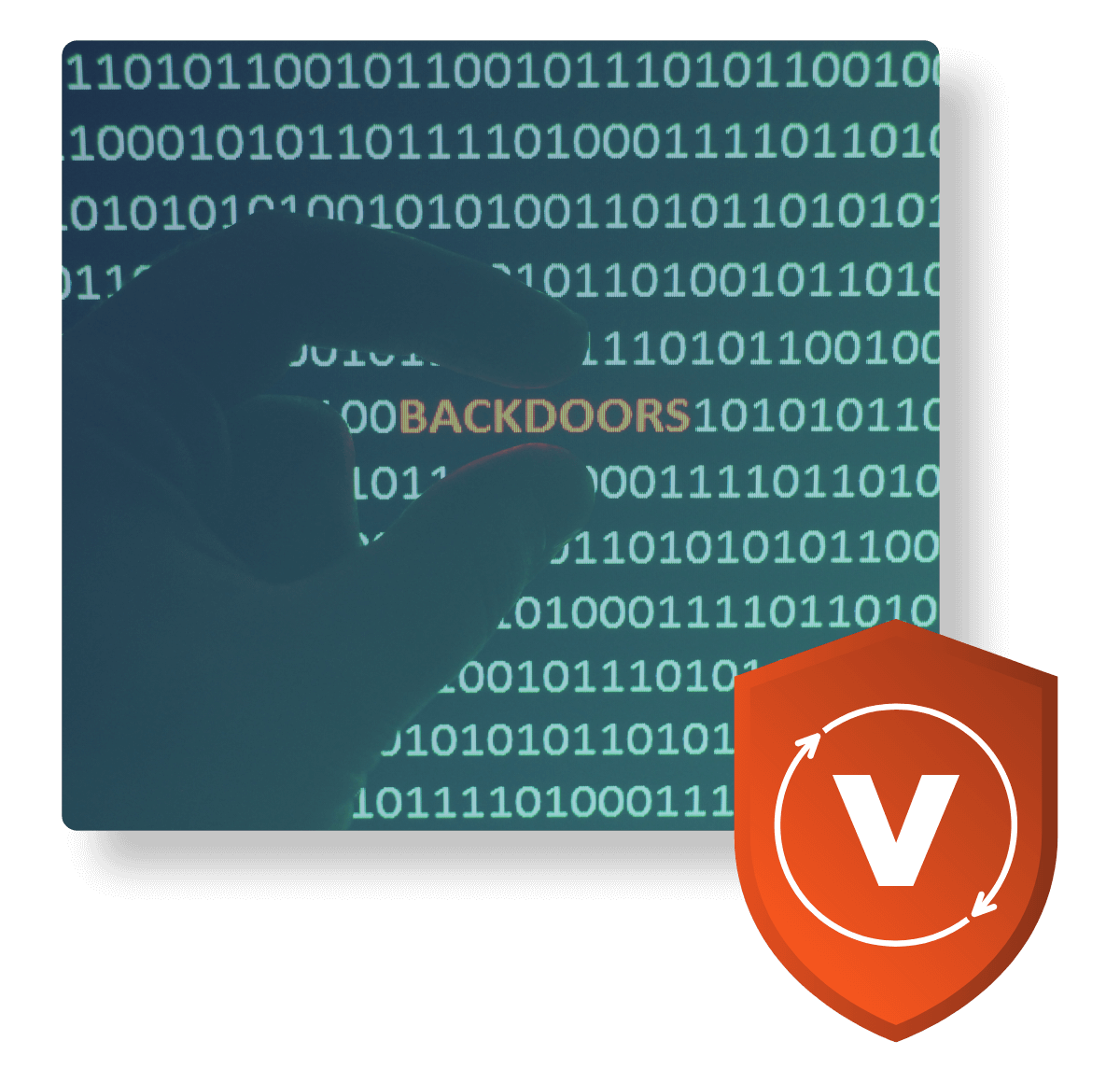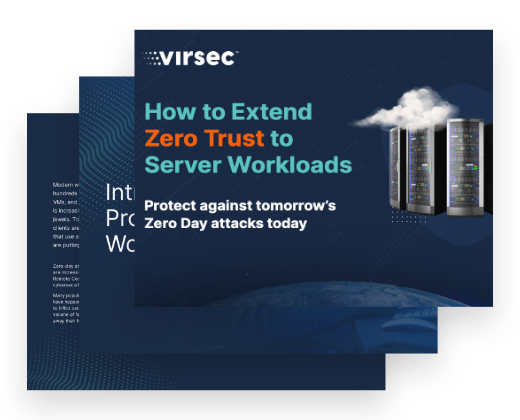Going to RSA? Meet with the executive team at Virsec to learn about our latest innovation in server workload hardening, TrustSight!
Zero-day attacks have become a cause for great concern as unpatched systems are increasingly targeted by cybercriminals due to their high level of vulnerability. Remote Code Execution is one of the most common attack vectors used as existing cybersecurity tools have not been able to adequately guard against it.
Servers and their web applications are major breach targets. So do something about it.


